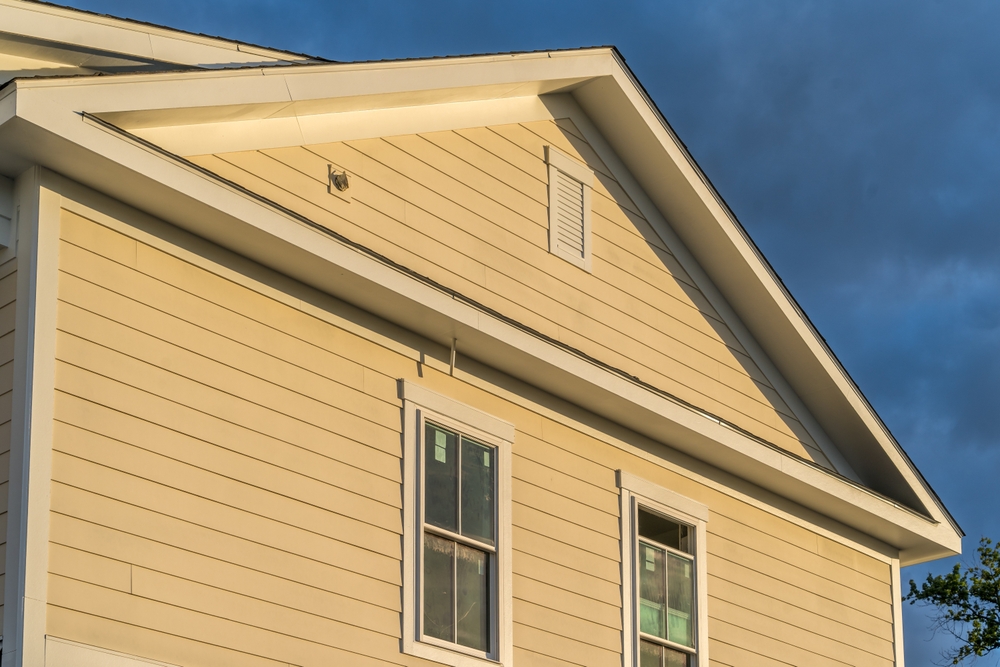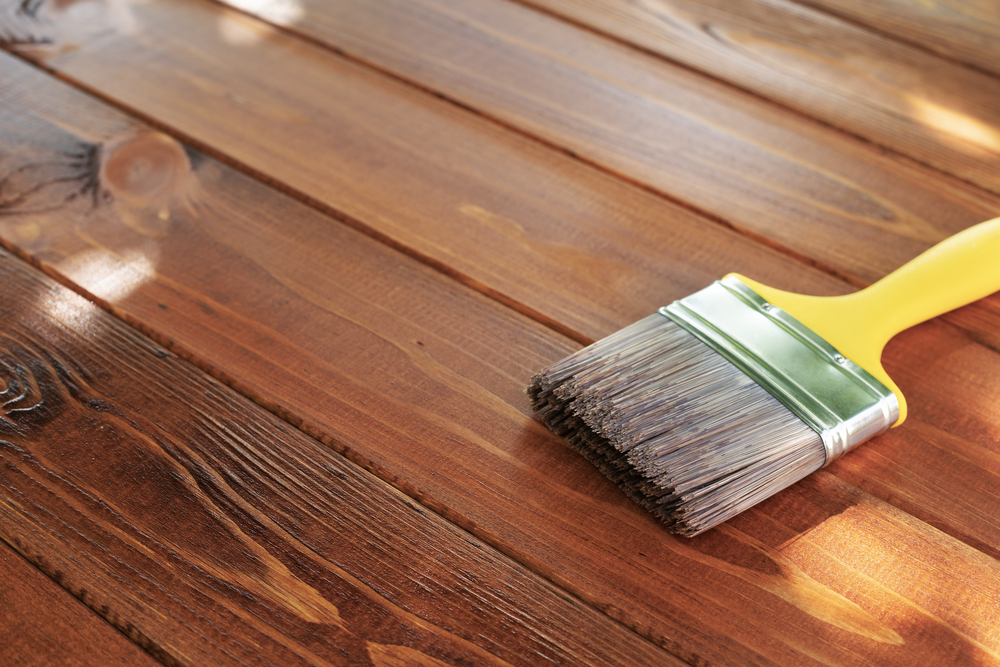Painting Exterior Brick: A Comprehensive Guide
Painting exterior brick can transform the look of a building. It’s a task that many homeowners consider when aiming to update their home’s aesthetic without a full renovation. This guide explores the steps, considerations, and tips for successfully painting exterior brick surfaces.
Why Paint Exterior Brick?
One reason homeowners paint their exterior brick is to refresh or modernize their home’s appearance. Brick has a long lifespan, but its natural color can become outdated. Painting also allows more design flexibility, matching the exterior with other features like doors or shutters. Moreover, paint can offer protection from weather elements and extend the brick’s longevity.
Preparing for the Task
Preparation is vital in any painting project, especially for exterior brick. First, assess the condition of the brick. Look for any damages or areas needing repair. Cracks or missing mortar should be fixed before painting. A pressure washer can clean the brick surface effectively. Use a mild detergent if the brick has mold or stains.
Allow the brick to dry completely after cleaning. Moisture trapped beneath paint can lead to peeling and damage. Mask off areas that won’t be painted using painter’s tape. Cover windows, doors, and landscaping near the paint site.
Choosing the Right Paint
Not all paint types suit exterior brick. Masonry paint or elastomeric paint is best for such surfaces. These paints adhere well and allow the brick to breathe, preventing moisture issues. Choose a breathable, UV-resistant paint suitable for outdoor use. The paint finish (matte or satin) affects the final appearance. Low-sheen or matte finishes give a classic look, while satin offers more protection against the elements.
Tools and Materials Needed
- Pressure washer
- Painters tape and drop cloths
- Masonry paint or primer
- Long-handled paint rollers and brushes
- Paint sprayer (optional)
- Ladder or scaffolding
A paint sprayer can speed up the process but requires practice. Rollers provide even coverage, while brushes are useful for detail work around edges or hard-to-reach areas. Select tools based on your comfort and skill level.
Primer and Base Coat Application
Priming is crucial for porous surfaces like brick. A high-quality masonry primer ensures paint adheres well. Apply the primer using a roller or sprayer. Ensure full coverage and pay attention to the mortar lines. Allow the primer to dry thoroughly before proceeding.
Once primed, apply the base coat. Use steady and even strokes with the roller. For more precision, use a brush around edges and corners. Typically, at least two coats of paint are necessary for durable coverage. Follow the manufacturer’s drying time recommendations between coats.
Techniques for Applying Paint
Spraying and back-rolling is a method many professionals use. It involves spraying a section of the wall and immediately rolling it to ensure even coverage. This technique minimizes overspray and ensures the paint penetrates into the brick’s texture. If a sprayer isn’t an option, use rollers with an extension pole for a smooth finish.
Maintain even pressure when applying paint. This ensures consistent color and avoids streaking. Check for missed spots or thin coverage between coats. Add a third coat if necessary to achieve your desired look.
Weather Considerations
Weather plays a significant role in exterior painting. Ideal conditions include mild temperatures and overcast skies. Avoid painting on extremely hot or cold days. Direct sunlight can cause paint to dry too quickly, leading to cracking or uneven texture. Windy conditions increase the risk of debris sticking to wet paint.
Monitor weather forecasts to avoid rain during or immediately after painting. Moisture can seep into fresh paint, causing it to bubble or peel. Plan for a few dry days to ensure your project sets and cures properly.
Maintenance and Longevity
Painted brick requires maintenance for long-lasting results. Inspect the surface annually for peeling or cracking. Touch up areas as needed to prevent further damage. Regularly clean the brick to remove dirt and mildew. Use a gentle cleanser and a soft-bristled brush.
A repaint may be necessary every 5 to 10 years, depending on your climate and chosen paint quality. The key is regular inspection and prompt repairs.
Safety Tips
- Use appropriate safety gear: gloves, goggles, and masks.
- Ensure ladders or scaffolds are stable and secure.
- Avoid working alone when working at heights.
- Follow all safety recommendations on your paints and primers.
Safety should be a priority during any home improvement project. Protective clothing and equipment can prevent accidents and ensure a smooth process.
Final Thoughts
Painting exterior brick can significantly improve a home’s curb appeal. The process requires the right materials, preparation, and techniques. Understanding each stage helps achieve a professional-looking finish. Regular maintenance will preserve that freshly updated look for years to come.




Subscribe for Updates
Get the latest articles delivered to your inbox.
We respect your privacy. Unsubscribe anytime.